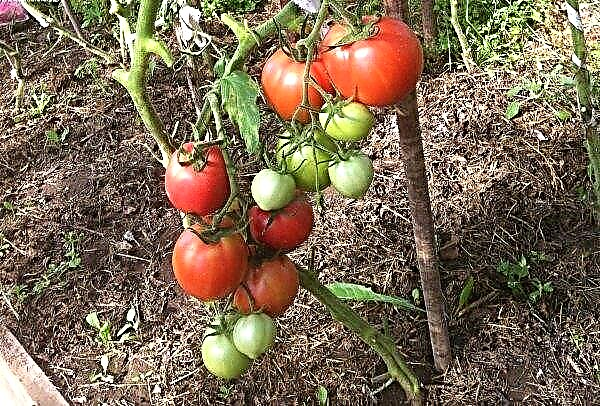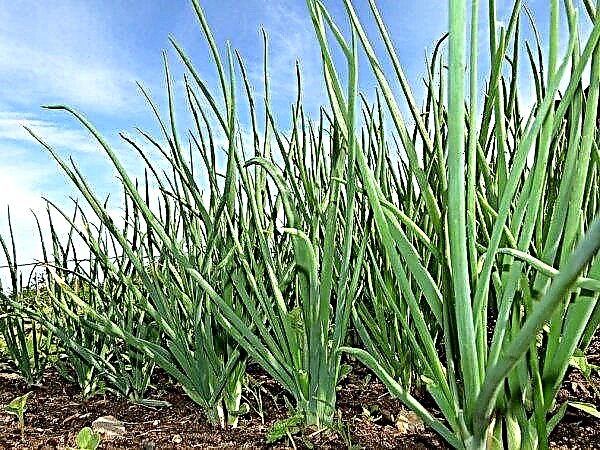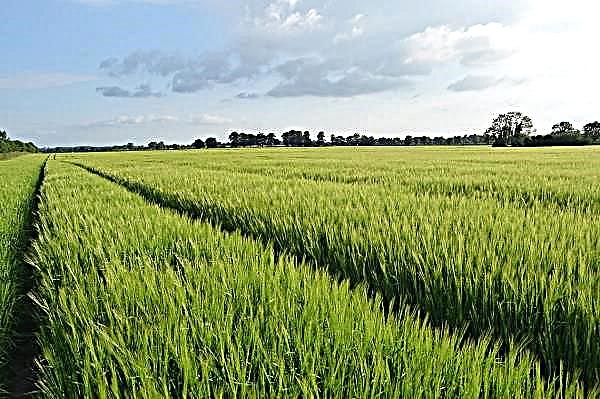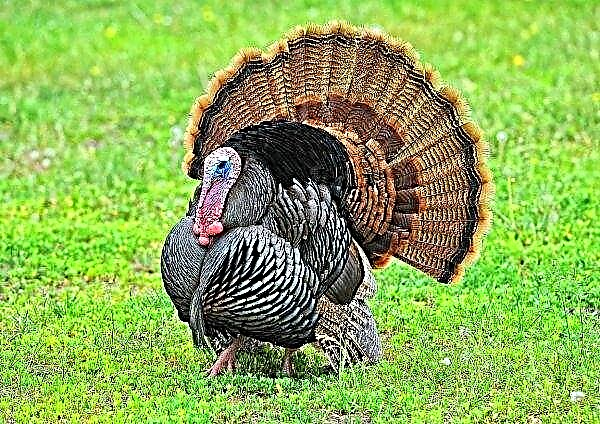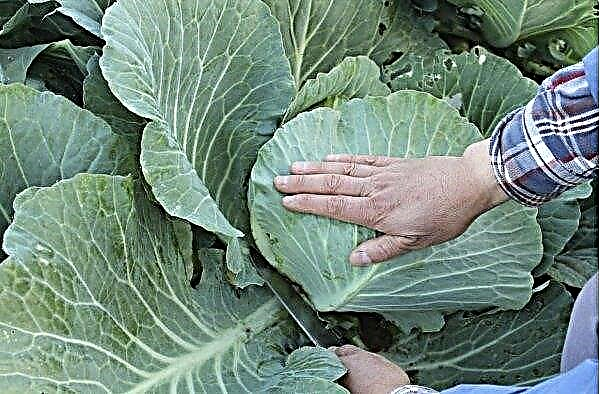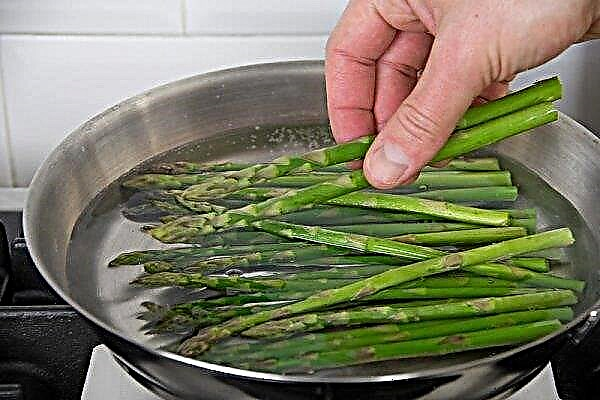Beet nematode is one of the most dangerous pests in the ground. It is found both in production fields and in small private areas.
A nematode can inhabit and breed on a large number of plants, in particular, on all types of beets, radishes, cabbage, mustard, spinach, rape, rutabaga and turnip. At the same time, there are plants that are not suitable for the life of a parasitic organism. Such crops include: asparagus, lettuce, tomatoes, tobacco, melon, cucumbers, watermelons, chin, poppy, hemp, carrots, potatoes, beans, buckwheat, sunflower, peas, beans, vetch, clover, chicory, sainfoin, flax, onion , oats, millet, barley, wheat, rye, corn, alfalfa, lupine.
The development and propagation of beet nematode is favored by many species of weeds. About 235 species from 28 plants are carriers of the parasite and a potential source of accumulation of its cysts in the soil.
The nematode is widespread in the regions of Ukraine, where beet crops occupy the largest areas: in Vinnitsa, Sumy and Cherkasy regions.
The fight against this parasite is very difficult, since it has a cyst stage, which is a reliable shelter from adverse environmental factors. The most effective are agrotechnical measures to improve the soil. Three years before sowing beets, the infected fields can be cleaned of the nematode by growing crops that are resistant to the parasite. Chemical control methods are used only when the damage to the soil is 700 larvae per 100 cm2.

